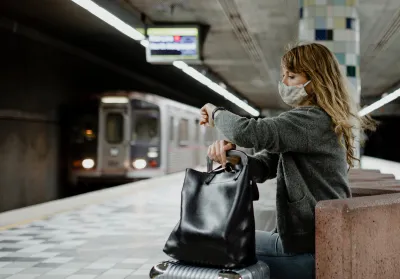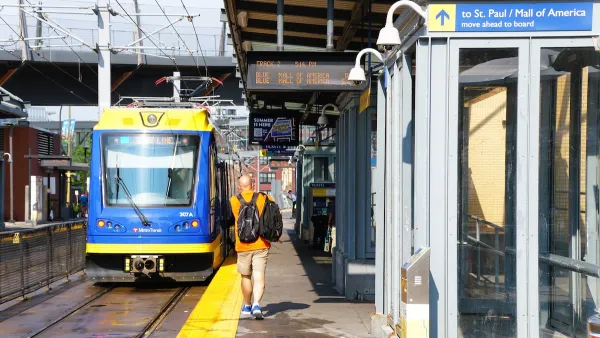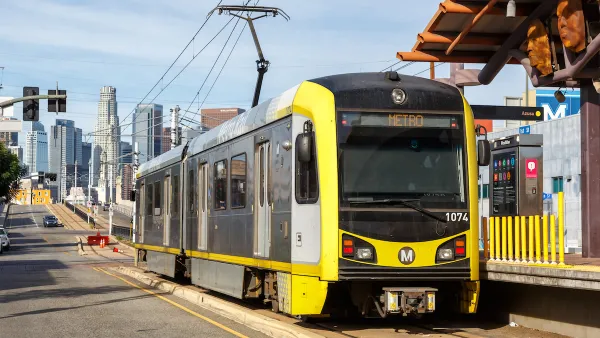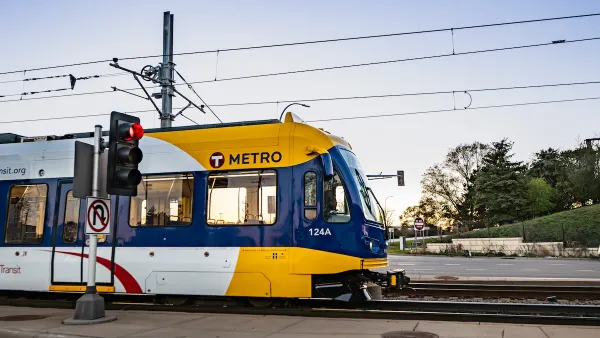Safety and harassment are commonly cited reasons passengers, particularly women and girls, avoid public transit.

“Street harassment is a common phenomenon that many public-transit riders, but especially women and girls, experience on buses and trains, in stations and at bus stops, as they travel between their homes, jobs, schools, events, and recreational activities.” Gabrielle Gurley notes this stark fact at the top of an article in The American Prospect.
In an effort to reduce harassment and make transit safer for women and girls, California legislators passed a law calling for a survey of transit riders’ experiences with harassment, and a second law requiring major transit agencies to collect passenger data on harassment.
In response to user surveys and data about harassment, San Francisco’s BART and Los Angeles Metro launched transit ambassador programs that staff transit stations with unarmed security personnel. “For its part, BART started running shorter trains. Fewer cars with more people on each car helps people feel safer. After this change, the agency has had fewer incidents involving police.”
The agencies are also including zero-tolerance language in their policies and conducting outreach about harassment and available resources, such as emergency call buttons that some passengers are unaware of.
According to the article, “LA Metro saw its highest ridership increases last year after its high-profile moves to offer information services and deploy more security officers, transit ambassadors, crisis intervention specialists, and workers to handle people suffering from drug abuse and homelessness. The agency also made numerous facility safety improvements, adding new lighting, additional call boxes, station music, and modified entrances.”
FULL STORY: California Public-Transit Agencies Confront Rider Harassment

Analysis: Cybertruck Fatality Rate Far Exceeds That of Ford Pinto
The Tesla Cybertruck was recalled seven times last year.

National Parks Layoffs Will Cause Communities to Lose Billions
Thousands of essential park workers were laid off this week, just before the busy spring break season.

Retro-silient?: America’s First “Eco-burb,” The Woodlands Turns 50
A master-planned community north of Houston offers lessons on green infrastructure and resilient design, but falls short of its founder’s lofty affordability and walkability goals.

Test News Post 1
This is a summary

Analysis: Cybertruck Fatality Rate Far Exceeds That of Ford Pinto
The Tesla Cybertruck was recalled seven times last year.

Test News Headline 46
Test for the image on the front page.
Urban Design for Planners 1: Software Tools
This six-course series explores essential urban design concepts using open source software and equips planners with the tools they need to participate fully in the urban design process.
Planning for Universal Design
Learn the tools for implementing Universal Design in planning regulations.
EMC Planning Group, Inc.
Planetizen
Planetizen
Mpact (formerly Rail~Volution)
Great Falls Development Authority, Inc.
HUDs Office of Policy Development and Research
NYU Wagner Graduate School of Public Service




























